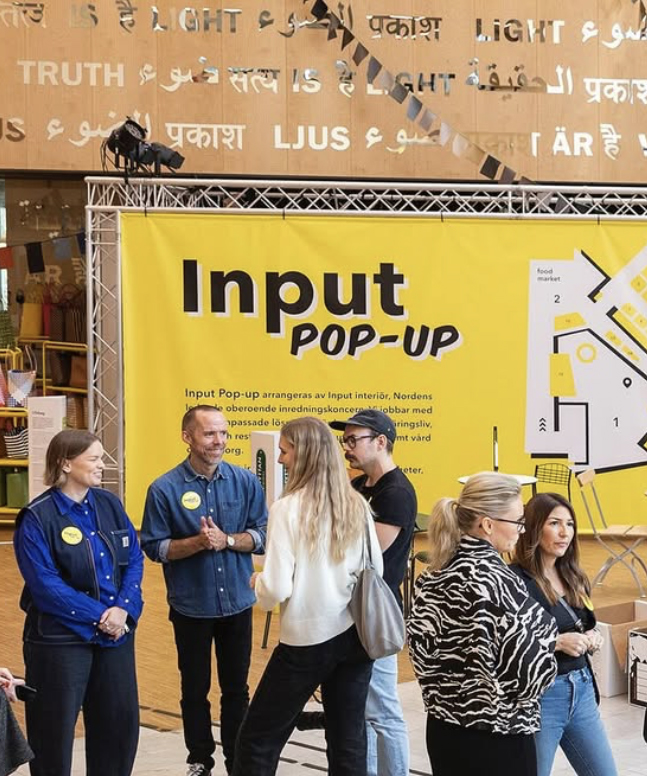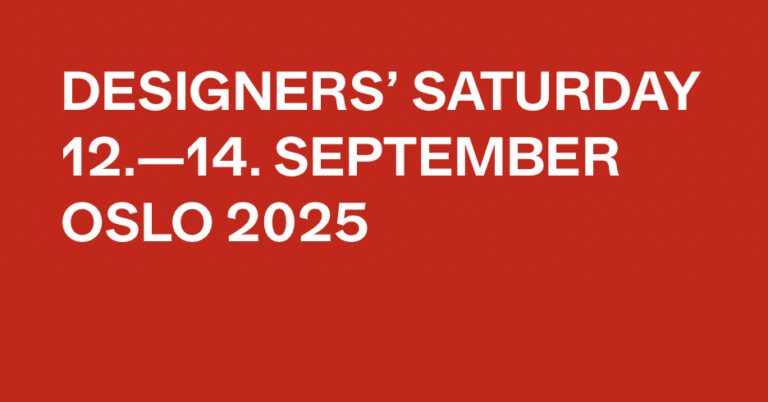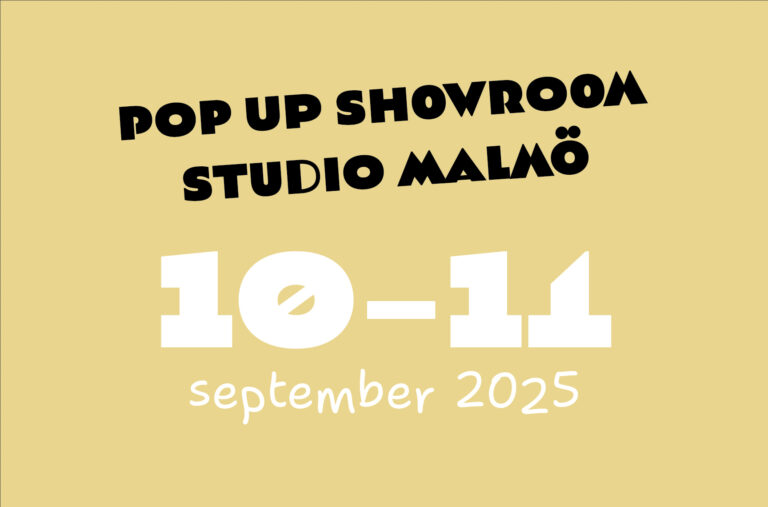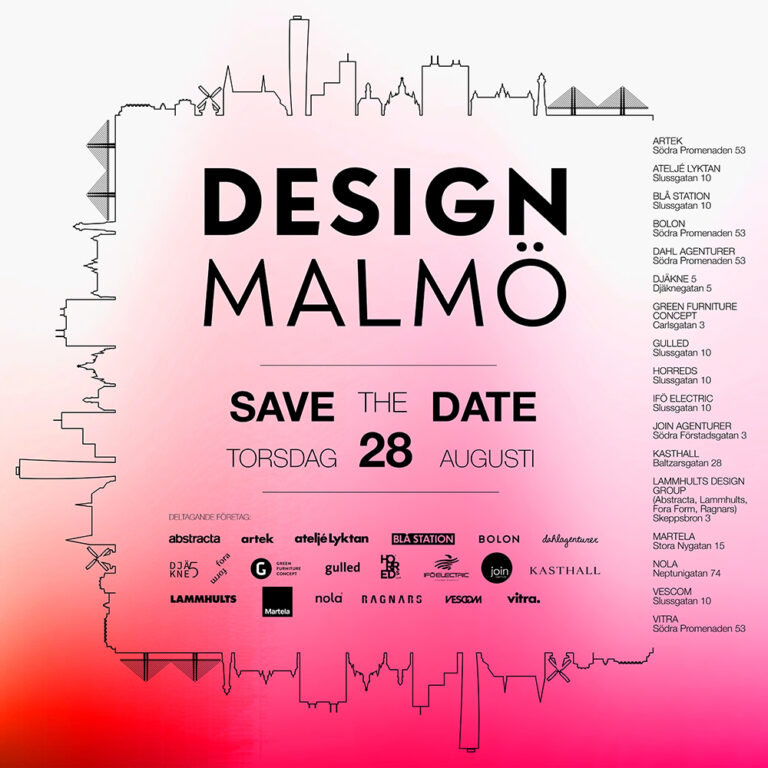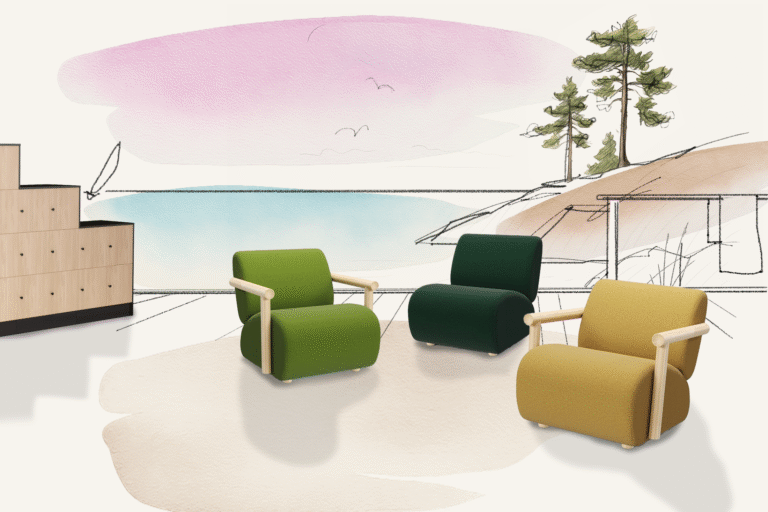More and more people are now releasing the pause button, adapting as quickly as possible to a new reality. What will the post-Covid-19 office space look like?
In three articles we share insights from our own trend analysis. First, a lot is about reducing the risks of infection spreading.
Form follows fear
Consequent to the pandemic and spread of infection, we have antibacterial brass doors, wide boulevards, and extremely well-ventilated buildings.
Cleaner air and more space
A first step, says Darren Comber at Scott Brownrigg, is the requirement for efficient air purification and openable windows. The British design company Design Research Unit predicts the return of the private office room.
The pandemic breaks the trend of co-working spaces, as companies want to avoid placing teams in the same room, or together with other companies. As more private office solutions now increase, the trend of densification in open space solutions is decreasing.
Teamwork, fixed at a distance
Arjun Kaicker at Zaha Hadid Architects shares this line of thought, as he predicts both wider corridors and larger doorways. Department units will have more wall partitions and the number of staircases will increase. Prior to Covid-19, it was all about creating the pre-requisites for tearing down barriers between teams.
The office spaces of tomorrow will no longer melt together without borders. And when people no longer can sit close to each other, furniture, and their function, changes. A good guess is therefore the return of the large desks. The minimum area per person in an office may even be regulated by legislation.
“Hands-free office”
A major pitfall in the spread of infection is that we physically touch contaminated surfaces. The solution may be “hands-off” – not touching doors, handles, elevator buttons or anything else that a virus can be attached to. Smart apps, motion sensors and face recognition solutions create “contact free pathways” in the office.
The concept of hands-free is thus given a completely new meaning. It’s not then just about mobile phones and computers. It’s about a safer and less contagious workplace.
New urban structures
The last trend analysis in this article is about the reduction of the so-called “human density”. In everyday terms this means digging deep into a city’s structure. The corona virus becomes a catalyst in giving greater importance to the local and near. In turn this means that decades’ pursuit of more centralization may give way to decentralization.
The next article focuses on the personal meeting, amid all that is virtual.
Source: The Guardian, Forbes, Washington Post, Work Design Magazine
Nomono duo is the perfect workstation for your new workplace.
You can see more on www.horreds.se
Nomono is offcourse marked with Svanen and Möbelfakta.

